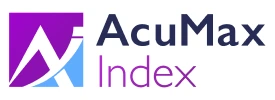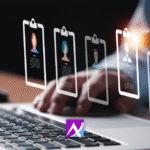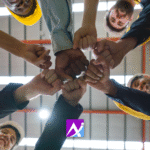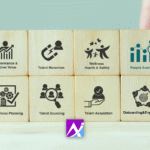The expression “first impressions are everything” applies to your new hire’s first day at your company. Successful onboarding can also decrease the time from day one to productivity, improve employee satisfaction, improve retention and create a smoother experience for their new team as well. If I had to give you one tip for onboarding, it would be to personalize the experience.
What does it mean to personalize onboarding? The new hire should be given personalized onboarding materials relevant to their role within the organization and the experience should be tailored to how they learn. It is an overwhelming experience to be given every single piece of information about the company all at once, and it isn’t very helpful if the new employee doesn’t know their role in the company and how they would fit into the larger picture. If you need to send some broader legal forms, employee handbooks, technology configurations, and similar items try to have them done before the employee’s first day. This allows the first day to be focused more specifically on learning the role.
Think about these two vastly different experiences for the first day. The first experience is sitting down on your first day and being handed 10 forms, an employee handbook, and then spending two or three hours sitting with someone from IT. The second experience is getting sent a handful of legal forms with your offer letter to sign and return with the offer letter, upon receipt of the offer letter you’re given the employee handbook and then on your first day you have to sign a couple of forms and you’re given a laptop loaded with the tools you need to do your job already installed. The second experience is smoother and allows for more time focused on the meat of the job and seems less overwhelming.
The other way to personalize onboarding is to tailor the teaching of the material to the way that your employee most likes to learn. Learning about their hardwiring can help you make sure that you’re not trying to fit a square peg into a round hole and makes the employee feel empowered to more easily learn. The personalized onboarding plan for employees can vary greatly based on their hardwiring. If your employee really learns best from sequential lists then you can develop a list detailing out a typical day or things that need to be covered. If your employee best learns from being given a general understanding of the role and being able to learn by doing then the plan can be structured around them getting to try to perform the tasks themselves. Now think about these very two different learning styles that I describe and imagine how panicked or frustrated the employee might be if they were forced to use the other style of learning to be onboarded, it would be a very rough first day.
The cost of having to refill a position after turnover can be significant, help your new employees have a happy and long future with your organization by making a great first impression in their onboarding experience.
Personalize Onboarding to Improve Employee Satisfaction





